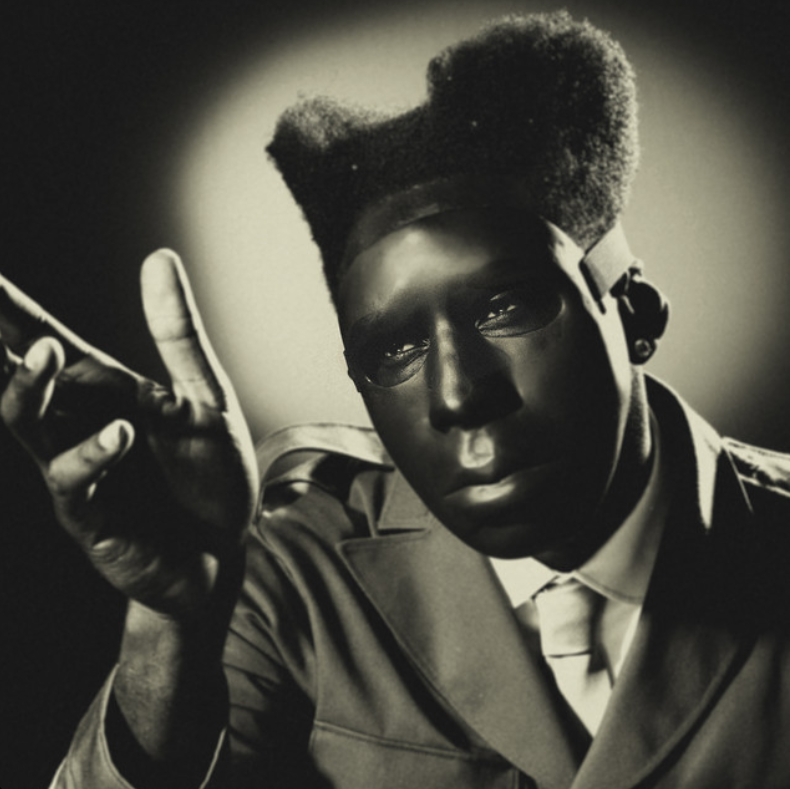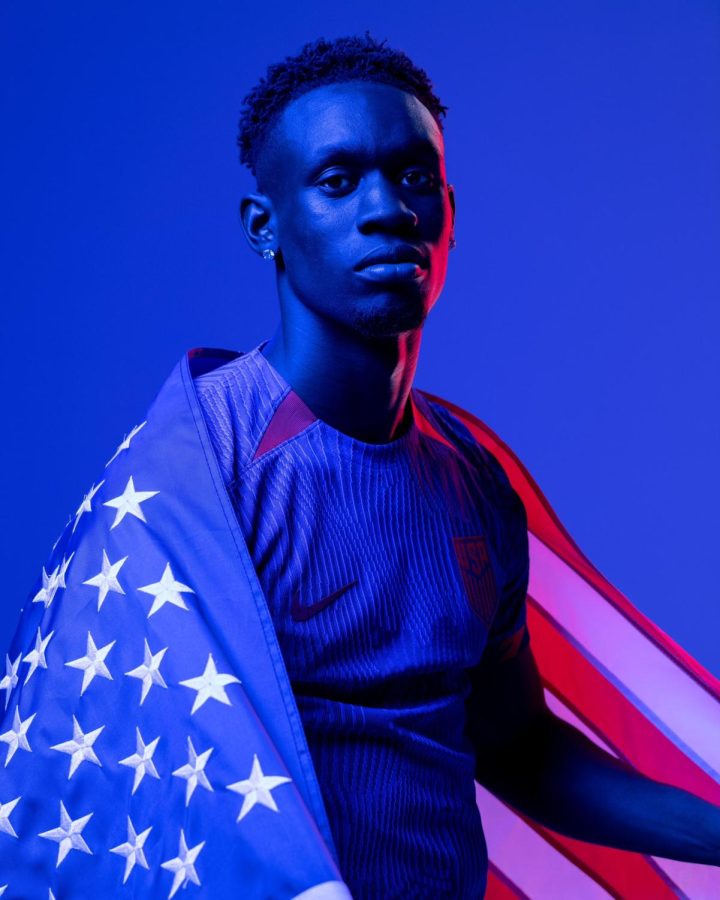by Nia Decaille
In an article in the New York Times called “Wrought in Rhimes’s Image,” Alessandra Stanley commends screenwriter, director and producer Shonda Rhimes on creating characters of color that transcend stereotypes of black women in entertainment.
What Stanley miscalculates along with the rest of America is how an article meant to praise black actresses like Kerry Washington, instead promote the use of stereotypes to define the characters black women play in entertainment.
The article is controversial from its onset. Stanley begins with, “When Shonda Rhimes writes her autobiography, it should be called ‘How to Get Away With Being an Angry Black Woman.’” Shocked yet? The racially charged opening begs the question of the diversity of the editorial staff at the NYT. What editor would allow this article to be published?
While the article isn’t all about Rhimes, it outlines the struggles of black women in entertainment to push past exactly what Stanley mentions. “Ms. Rhimes has embraced the trite but persistent caricature of the angry black woman, recast it in her own image and made it enviable.” While some may find this a noble way to reinvent a negative stereotype, it is a gross misuse of an image long used to limit the work that black actresses can do on television, film and any other field predominantly lead by white males.
Stanley also uses counter examples to show the difference between Rhimes’s characters and other popular ones, like Clair Huxtable on the Cosby Show. The greatest error made throughout the piece is the obvious disregard for the history of black women in entertainment. Stanley reviews Rhimes work as making a statement, but never connects the dots as to why Rhime’s work is groundbreaking for black women. She never includes Dorothy Dandridge who established a film career in the face of a sexist, racist industry, where she would sometimes play unaccredited roles; she was only one of the first African American women to be nominated for an Academy Award. Stanley mentions Halle Berry, but not how she was nominated for an Academy Award for Best Actress for her performance in the drama film, “Monster’s Ball,” and became the first African American woman to win in that category ever.
Stanley merely hints at it when she says, “Ms. Rhimes didn’t just construct a series around one African-American woman. She has also introduced a set of heroines who flout ingrained television conventions and preconceived notions about the depiction of diversity.” Wait, it gets worse.
If her racially insensitive comments weren’t enough, Stanley reaffirms that Rhime’s characters not only break the mold, but also remind us all of another stereotype that hypersexualizes images of black women. Stanley recounts that they are not your “typical” housemaids, nurses or saintly mothering figures we’ve seen. What makes characters like Viola Davis on “How to Get Away With Murder” appealing is that “they’re mercifully free of role models, parables and moral teaching.”
Stanley continues to point out an inkling of what black women experience, and then shoots herself in the foot. She found it even more interesting that Davis isn’t the typical star of a network show because she is “less classically beautiful” for being older and darker skinned, followed by a comparison to fairer skinned women like Berry and Washington. She is right about this: colorism is an ongoing social issue that makes fairer skinned women more acceptable in media representations of black women. But again, the author fatally misuses social awareness to commend Davis and becomes boldly offensive.
Stanley then underscores that Rhimes’s characters don’t even understand how inspirational they are. “They struggle with everything except their own identities, so unconcerned about race that it is barely ever mentioned.” These characters play a variety of non-conventional roles, whatever that means, and the writer observes that these super successful, sassy and sexy characters don’t understand where they came from.
This time, Stanley is on to something and it’s called code switching. Davis plays a professor and high power attorney and Washington, a Whitehouse campaign heavyweight and public relations genius. Somehow, those characters not acknowledging their race is an “innate dignity” and not a sensible means of survival to viewers of color who can relate and do it everyday. The writer must also not have tuned in to the first season of “Scandal” where Olivia Pope delivers a monologue drawing the parallel between her love affair with the President to Thomas Jefferson and Sally Hemmings.
The one thing we can all agree on is that Rhimes’s characters don’t have to “uh-uh” and eye-roll to entertain, but being a timeless heroine, unfortunately in some ways, means you sometimes need more spice than sugar. Margaret Sullivan from the New York Times offers part of the solution to this racial insensitivity. She said, “Editors have to be able to recognize pitfalls – and a more diverse staff of editors throughout The Times could certainly help with that.” We can only hope that the Times will follow through.
Nia Decaille can be reached at [email protected].







